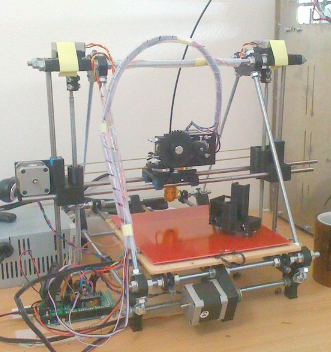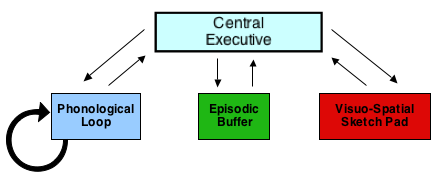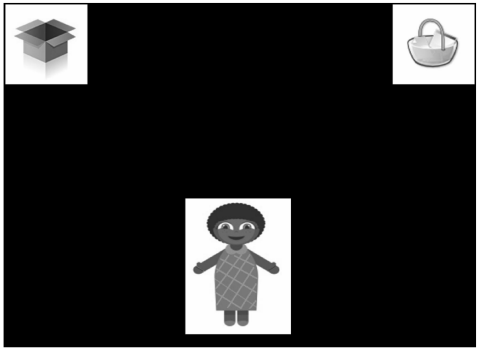Imagine your kitchen floor is dirty. Since you don’t want to clean it yourself you log in to a robot design website, tell them that you want a robot capable of cleaning your kitchen floor. They give you a quote, you pay, and then they email the design to you. You click “Print,” the design goes to your 3D printer, and out pops a fully functioning robot, yours to command.
That might sound far fetched, yet perhaps it’s not so far away. 3D printing has been around for around three decades and can now print objects in glass, metal, plastics and even bio-degradable materials. It has been used to create everything from jewellery, shoes, aeroplane components and even mechanical devices.
Peter Schmitt of MIT has already successfully printed a mechanical clock, and is working on servo mechanism which could be used to make custom-built robots. Much has been made over 3D printing’s potential to revolutionise industry, putting manufacturing more strongly in the hands of garage hobbyists (if you think piracy of digital goods is a big issue, wait until everyone can pirate 3D objects!). But imagine if manufacturing was taken out of everyone’s hands.

The Prusa Mendel RepRap 3D Printer from RepRap.org
Evolution. Skip this section if you know it.
Evolution works through a combination of replication, mutation and selection. Organisms develops through instructions contained within their DNA, which they gets from their parent/s. For example, daddy tiger and mommy tiger copy some of their DNA and store it in their sex cells. After an evening of tiger love, they combine these sets of DNA to create a new set of instructions for “building” baby tiger.
But the DNA copying process isn’t perfect, and mistakes — called mutations — cause changes a given trait or characteristic — called a phenotype — of the organism to which that DNA will eventually belong. These phenotypic variations may affect the organism’s chances of surviving or reproducing.
If a mutation in daddy tiger’s DNA causes baby tiger to have sharper claws, it might get food more easily and therefore have more chance of surviving and passing this beneficial mutation on. If it results in weaker knees, the tiger might not catch any food and then die without passing on it’s DNA. This is evolution through natural selection. It is this process that eventually produced intelligent humans like yourself, able to ponder their own ancestry.
Replication, mutation, and selection. If machines can print 3D items, mechanical devices and even robots, is it possible to create “life,” or at least, objects that reproduce and whose offspring is subject to selection pressures?
Replication
Replication would require a 3D printer able to print, and construct, itself. The RepRap machine, designed by Adrian Bowyer of Bath university and seen the video above, is almost there. It knows how to print the plastic parts necessary to build itself. With the ability to build components out of different materials, it doesn’t seem infeasible that a modified RepRap could include construction as well as production capabilities. The printer contains a small hard drive, and the parent copies its own design onto its child’s hard drive. Replication achieved.
Mutation
Naturally, you want your printer to build things perfectly, so designers will try to remove mutations from the process. Also, the “DNA” in this analogy is the design on the computer, which we know is highly resilient to copying errors. However, you could imagine some flaw that creates mutations in the child design, or a non-natural form of mutation where the printer theorises about future designs that would increase its child’s ability to reproduce itself, and tests these, keeping logs of previous “tests” in its hard drive.
Selection
Natural selection could work here, as the printers need access to a source of power and raw materials. For power, you could imagine each one has a solar panel, and tests theories on how to build more efficient ones. The raw materials area a harder part though.
Automation
At what point would you be able to leave the printer running, then move all humans off the planet with confidence that they would continue to thrive? Presumably, you’d need to give the printers a head start, for example, the ability to build none-replicating drone scouts to look for raw materials, and transport robots to return it to the replicating “queens,” with the queens playing a sort of real-life game of Civilization. Or perhaps the queens themselves would produce new queens that could move and source the raw materials. Perhaps the queens see scouts from other printer families as threats, and build warrior drones to fight their resource wars.
If self-replicating machines were made that were capable of finding the resources and energy they needed to continue to reproduce, at what point do you call it life?
Of course I’m just thinking out loud with all this, but I think it’s interesting and fun to consider the possibilities. Many people think of 3D printing as a door to a techno-utopian future where the means of production is held inside every household — and maybe it is. However, if we manage to build completely self-replicating machines with the capacity for mutation and a form of selection pressure, I’m just saying, they might lead to a different future.

🙂

 “HAHAHA puny humans you will never find me. (Photo by
“HAHAHA puny humans you will never find me. (Photo by 





